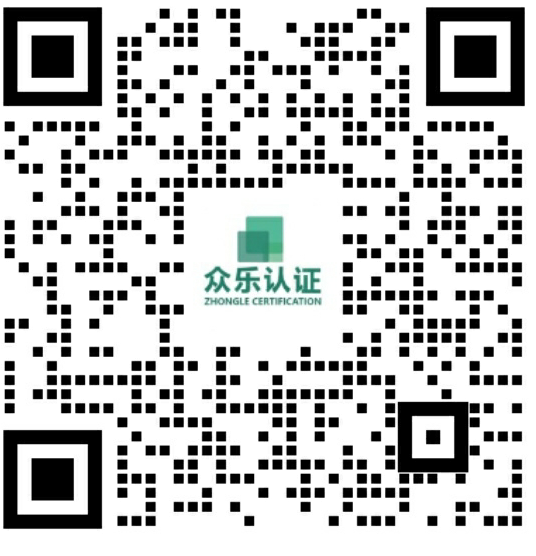Wireless charging technology has revolutionized the power supply mode of devices with its unparalleled convenience and efficiency. The Qi standard, carefully developed by the Wireless Charging Alliance (WPC), is at the forefront of this technology, ensuring seamless interoperability and high security between various devices.

1.The technical principle of Qi charging
Qi charging technology operates on the principle of electromagnetic induction. Its system composition mainly includes transmitter (i.e., charging pad) and receiver (installed in the device). The whole charging process can be summarized as follows:
Power transmission: The transmitting coil will generate an oscillating magnetic field, which will induce alternating current in the receiving coil inside the device, thus realizing the conversion of magnetic energy to electric energy and providing the energy needed for battery charging.
Communication protocol: The receiver communicates with the transmitter by means of backscatter modulation technology, and dynamically adjusts voltage and current to achieve optimal charging efficiency.
Alignment and coupling: In order to achieve efficient charging, the precise alignment of the coil is crucial. The Qi2 standard innovatively introduces magnetic power distribution (MPP) technology, which uses magnetic suction principle to significantly improve the accuracy of coil alignment, thus greatly improving charging efficiency and bringing users a better experience.
2.Qi charging car application scenario
The integration of Qi wireless charging in the automotive field brings multiple advantages:
Convenient charging in the car: The embedded wireless charging pad does not need to be connected to a cable, so drivers can easily charge their devices during commuting.
System compatibility: The Qi charger works with in-car Bluetooth, Android Auto, car play and other technologies to provide a seamless connectivity experience.
Temperature control safety mechanism: The on-board wireless charger is equipped with an advanced temperature control system to avoid overheating of the device through real-time monitoring and ensure charging safety and efficiency under different environments.

3.The role of Qi wireless charging in car play
In the CarPlay certification process, Qi (Wireless Charging Standard) plays a crucial role. It focuses on enhancing the compatibility of in-vehicle wireless charging systems, ensuring charging safety, and optimizing user experience. For vehicles equipped with wireless charging capabilities, integrating the Qi standard significantly enhances the overall performance of the CarPlay ecosystem. By ensuring that in-vehicle wireless chargers strictly adhere to the standards set by the WPC (Wireless Power Consortium), devices such as iPhones or other Qi-compatible devices can achieve a stable and efficient charging experience inside the vehicle.

On February 13,2017, Apple officially joined the WPC (Wireless Power Consortium). During the car play certification process, Apple focused on whether in-vehicle products support wireless charging and required that products equipped with wireless charging modules must pass Qi certification. This move significantly enhanced the user experience for Apple fans, but it also presented additional certification challenges and difficulties for car manufacturers and in-vehicle system providers.
If you want to know more about Qi certification information, please feel free to contact Zhongle Certification, we have a professional team, to provide you with detailed consulting, certification services!
Tel: 13417442373(Wechat)
E-mail: finny.zhou@zhongletest.com
Teams:nancy.le@zhongletest.com




